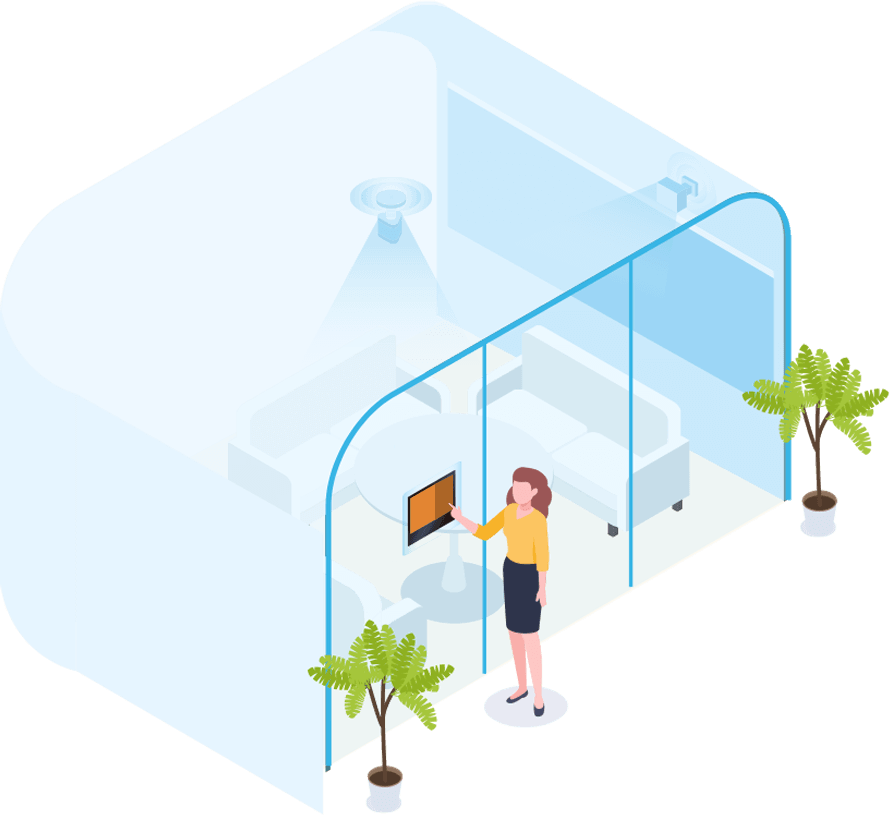Activity-Based Working
What is Activity-
Based Working?
Activity-based working (ABW) acknowledges that people conduct a variety of activities in their daily work (attend meetings, brainstorm, make calls, etc.) and, as a result, require a diversity of environments, as well as the right technology, to carry out these activities efficiently.
In other words, ABW is all about designing spaces that fulfill the needs of individuals and teams, with a focus on empowering employees to make decisions that allow them to perform at their best. It is one of the digital workplace trends that is forecasted to transform productivity in 2022.
ABW also echoes the trend of hybrid work, which is a flexible work model in which employees can work wherever they feel most productive, whether on-site, off-site, or between locations. For the hybrid work model to be feasible and genuinely productive, workplace design must be activity-based.
Three Pillars of
Activity-Based
Working
When it comes to building an activity-based working environment, there’re three important factors, or the three pillars to take into account:
A Trusting Culture
The right culture allows people to work in a way that suits their activity and their personality. A constructive culture is a key to any workplace transformation and ABW is no exception.
Activity-based working places heavy emphasis on the culture. To be more specific, a culture of connection, inspiration, accountability, and trust empowers individuals, teams, and the organization to perform to their potential.
The Right Tech
The right technology acts as the second pillar of adopting the activity-based working model. Meet room booking system, desk booking system, visitor management, wayfinding tools, etc., if implemented and used in the right way, can play such a valuable role and make sure employees can also find the right space to get the work done.
Appropriate Physical Spaces
Building physical spaces that suit the needs of ABW is the final step. Except for the traditional kind of assigned desks and seating, some of the activity-based working spaces are listed below for future reference:
- Regular desk spaces
- Conference rooms (large and small)
- Open lounges and collaboration zones
- Huddle rooms
- Phone booths
- Individual focus room or pods
- Cafeterias and kitchens
Benefits of
Adopting Activity-
Based Working
The ABW model empowers each employee to make their own decisions in the workplace, such as what to do, where to sit, and with whom to connect physically. This level of autonomy boosts employee morale and encourages teamwork and collaboration. Benefits of adopting activity-based working include:
Make better use of office space
Enhance team communication and collaboration
Foster greater connection and trust among staff
Encourage greater employee autonomy at work
Build a more engaging office environment
Boost employee well-being and productivity
Save overhead costs
Related
Workplace Solutions
Related Terms



